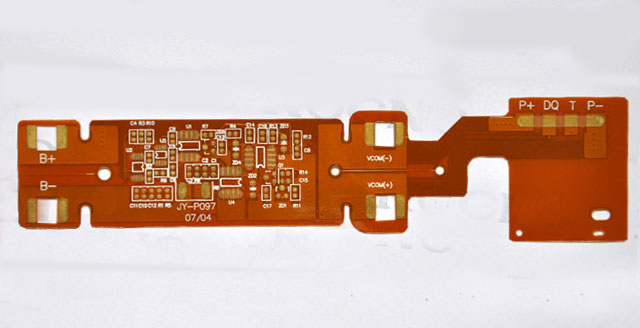Discussion on SMT Process of Flexible Printed Board

In mass production, we usually use a fully automatic printing machine for printing (that is, coating solder paste). When the PCB board enters the printing machine and is coated with solder paste, it must be fixed in the printing machine first. The printing machine fixes the PCB. There are usually two types: one is the conveying rail and positioning; the second is the vacuum suction fixing and positioning under the conveying rail. For a thin and fragile PCB, if solder paste is applied to a printing machine with a, we will see that the PCB is placed on the conveyor rail of the printer and enters the appropriate position. The two conveyor rails The PCB will be clamped towards each othe fixed PCB method r, which will cause the middle part of the PCB to bulge slightly. On the one hand, this clamping force is easy to cause the PCB to break; on the other hand, due to the protrusion in the middle of the PCB, the entire surface of the PCB to be coated is uneven. This will affect the coating quality of the solder paste. If the solder paste is applied to the printer with two fixed PCB methods, the above situation can be avoided, because when the PCB is fixed, the conveying rails do not move in opposite directions, so no opposite force is applied to both sides of the PCB., The middle of the PCB will not bulge. This kind of printing machine sucks the PCB on the conveying guide by the vacuum suction device under the conveying guide, and the PCB will not be broken by the external force of the clamping. In addition, we will see that the bottom of the PCB is suspended in the middle. In order to ensure that the thin PCB is flat and not bent during coating, we will add a self-made platform to the vacuum suction device to support the PCB during actual operation. The area of the platform can be matched with the PCB, thus avoiding the problem that the quality of the coating is affected by the uneven surface of the PCB. In order to ensure the yield and product quality, the above two types of printing with vacuum adsorption and fixing function are used for production. After the solder paste is applied, it enters the patching process. Similarly, before the PCB enters the placement machine for placement, it must first be fixed in the placement machine. There are usually two ways for the placement machine to clamp and fix the PCB. One is to clamp the PCB by the opposite movement of the conveyor rails on the placement platform. Thus the PCB is fixed and positioned; the second type is that the conveyor rail is equipped with compression strips. When the PCB advances to the corresponding position on the conveyor rail, the compression strips on the rail are automatically pressed down, and both sides of the PCB are fixed and fixed on the rail. position. No matter which of the above-mentioned PCB fixing methods are used, there is no support at the bottom of the PCB, which forms a suspension. If the thin and easy-to-break PCB is mounted, it will follow the movement of the mounting platform and the movement of the mounting switch. There is no guarantee that the PCB surface will not bend. This will affect the accuracy of the placement of the patch. Another PCB method for a thin and fragile PCB, it will subject both sides of the PCB to a clamping force, which will easily cause the middle of the PCB to bulge. When it is a jigsaw, it may even cause the joints to break. For this reason, in actual operation, we will fix the PCB in a customized tray, and then send the tray to the conveyor rail, enter the placement machine for placement, so that the PCB will not be directly exposed to the external force given by the rail and cause breakage, And the tray plays a supporting role for the PCB, avoiding the problem of the accuracy of the placement of the placement of the PCB due to the deformation of the PCB without a support. Using this method, we require good consistency between pallets (including shape, frame, size, and dimensions related to PCB positioning). The consistency of the tray directly affects the accuracy of the placement position. Of course, the above method is not perfect, it also has some flaws. Because this method requires relatively high pallet production, in addition to the high consistency requirements, there is another problem that needs to be solved, that is, the PCB fixing problem. Therefore, pay attention to the way of fixing the PCB when making the pallet. It is necessary to ensure that the PCB cannot be shaken in the pallet, but also to make the PCB easy to pick and place. This increases the difficulty and cost of making the pallet. In view of this, we propose another A solution. This method is to make the tray into a simple frame, and the PCB is fixed in the tray by vacuum suction method, which makes the production of the tray simple, the consistency is easier to ensure and the PCB picking and placing is also very easy. Easy, but this method requires a slight modification to the existing placement machine. Because the current placement machine does not have the function of vacuum adsorption to fix the PCB, it is necessary to add a small vacuum adsorption device, and the opening of the vacuum pump of the device needs to be synchronized with the movement of the conveying rail to clamp and fix the PCB board.